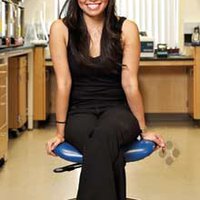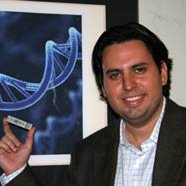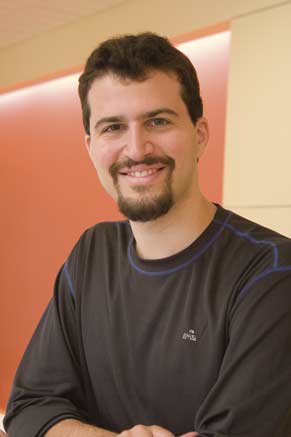Biotechnology & medicine
Erez Lieberman-Aiden
Quantitative tools offer new insights into evolution

Global
C. Shad Thaxton
Nanoparticles could treat cardiovascular disease by mimicking “good cholesterol” <br>

Global
Michelle Khine
A children’s toy inspires a cheap, easy production method for high-tech diagnostic chips

Global
Jorge Conde
Offering consumers whole-genome sequencing--and software to interpret it

Global
Andrew Lynn
Repairing joints by stimulating regrowth in bone and cartilage
